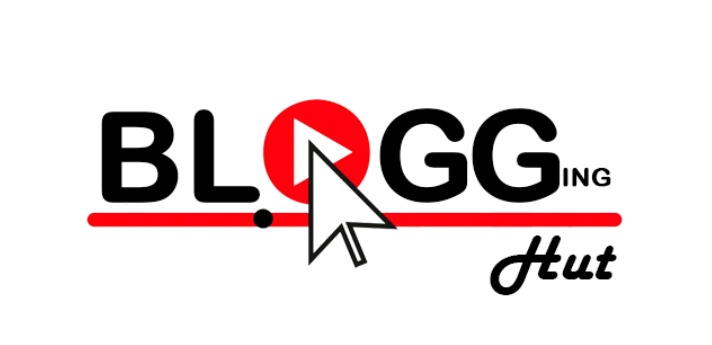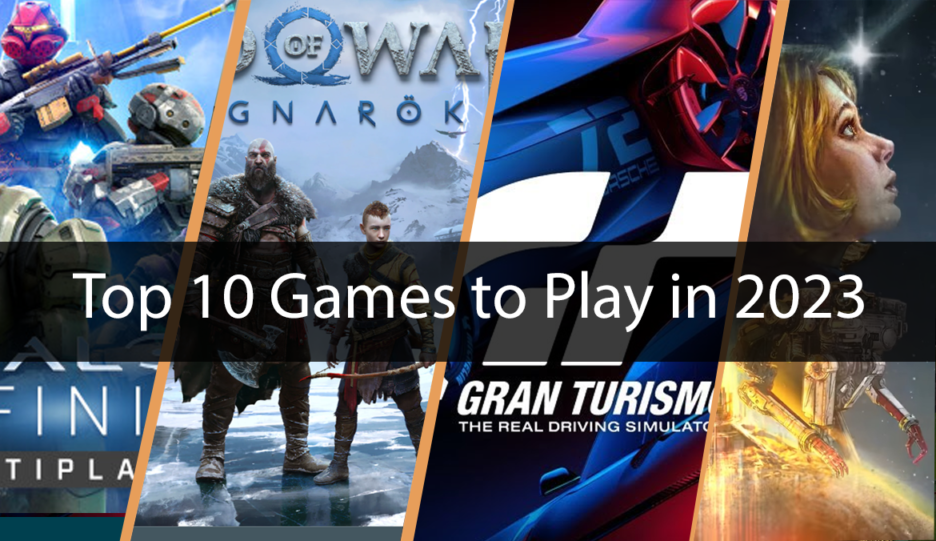In today’s digital age, artificial intelligence (AI) has become an indispensable tool for various tasks, including content creation. ChatGPT’s AI-generated content is efficient and convenient, but it sometimes lacks the human touch that readers crave. Fortunately, there are methods to bridge this gap and convert AI-written content into human-written brilliance. However, there are plenty of free and paid online tools available that can convert AI or ChatGPT content into human-written content. To some extent, these online tools work well, but they are also AI tools. If you are receiving content from one AI and expecting another AI to correct it, you may be mistaken this time.
In this blog post, we’ll explore valuable strategies to infuse warmth, creativity, and authenticity into AI-generated text. If you have had enough of experimenting with various online tools and still have not gotten the desired results, then I will show you how to convert any AI or ChatGPT-written content to human-written content. But before we jump into the topic of converting AI content into human content, we will explore what ChatGPT is:
What is ChatGPT and How Does It Work?

ChatGPT is a type of generative AI in which users enter prompts to receive AI-generated human-like text, images, or videos. It is an AI chatbot that uses natural language processing to create human-like conversations. However, the language model can respond to prompts by writing blogs, social posts, code, and emails. OpenAI, an AI research company, launched it in November 2022.
The GPT stands for “Generative Pre-trained Transformer,” which means how ChatGPT processes the request and generates responses. It was trained using reinforcement learning, which involves human feedback and reward models that rank the best responses. However, the feedback assists ChatGPT in augmenting machine learning to improve future responses.
How does ChatGPT work?
ChatGPT works on the generative pre-trained transformer, which uses specific algorithms. These algorithms help ChatGPT find patterns in data sequences. ChatGPT employs the GPT-3 language model, a neural network machine learning model, and generative pre-trained transformers. These transformers evolve a large amount of data to generate a response. Additionally, it uses deep learning, which is a subset of machine learning. However, deep learning helps produce human-like text with the help of transformer neural networks.
Convert AI or ChatGPT-written content to human-written content:

You know that, with a few modifications, you can convert your AI-written content into human-readable content. Converting your content into human-readable form will not only improve its readability but will also help you rank higher on Google. Let’s start converting your AI-written content into human-written content.
1. Understanding AI-Generated Content:
AI, such as ChatGPT, relies on algorithms to generate text based on patterns and data. While AI can create coherent and informative content, it may lack the human touch that evokes emotions and connections.
2. Establishing a Human Tone:
Start by revising the AI-generated content to reflect a genuine human voice. Infuse your personality, opinions, and emotions into the text. Share personal anecdotes, experiences, or examples to add authenticity and relatability.
3. Polishing Language and Style:
AI may generate text that’s grammatically correct but lacks finesse. Edit sentence structures, use varied vocabulary, and add rhetorical devices like metaphors and similes. This elevates the content, making it more engaging and impactful.
4. Incorporating Personal Insights:
Infuse your unique perspective and insights into the AI-written content. Share real-life examples, case studies, or expert opinions to enhance credibility and enrich the content’s value.
5. Prioritizing Storytelling:
Humans are naturally drawn to stories. Transform AI-generated information into compelling narratives. Craft a captivating introduction, build a well-structured plot, and conclude with a thought-provoking insight or call to action.
6. Fact-Checking and Authenticity:
AI may occasionally produce inaccuracies. Conduct thorough research to verify the information and ensure the content’s accuracy. Adding real-world references and up-to-date data enhances credibility.
7. Injecting Emotion and Empathy:
Connect emotionally with your audience by addressing their pain points, needs, and aspirations. Use empathetic language to establish a genuine bond and show that you truly understand their concerns.
8. Iterative Collaboration:
Collaborate with AI as a creative tool, not a replacement. Use AI-generated drafts as a foundation, then iteratively refine and enhance them with your human touch.
9. Engaging Headlines and Subheadings:
Craft attention-grabbing headlines and subheadings that pique curiosity and promise value. These guide readers through the content and set the tone for a meaningful interaction.
10. Editing and Proofreading:
Thoroughly review and revise the content to eliminate errors and inconsistencies. Human-written content reflects professionalism and care.
Bottom Line:
Converting AI- or ChatGPT-written content into human-written brilliance is an art that requires skill, creativity, and a deep understanding of your audience. By infusing your personality, experiences, and emotions into AI-generated text, you can create content that resonates deeply, engages effectively, and establishes meaningful connections with your readers. Embrace AI as a tool to enhance your creative process and harness its potential to craft content that leaves a lasting impact. Visit Blogging Hut for more information on ChatGPT and how it can help you increase productivity.






